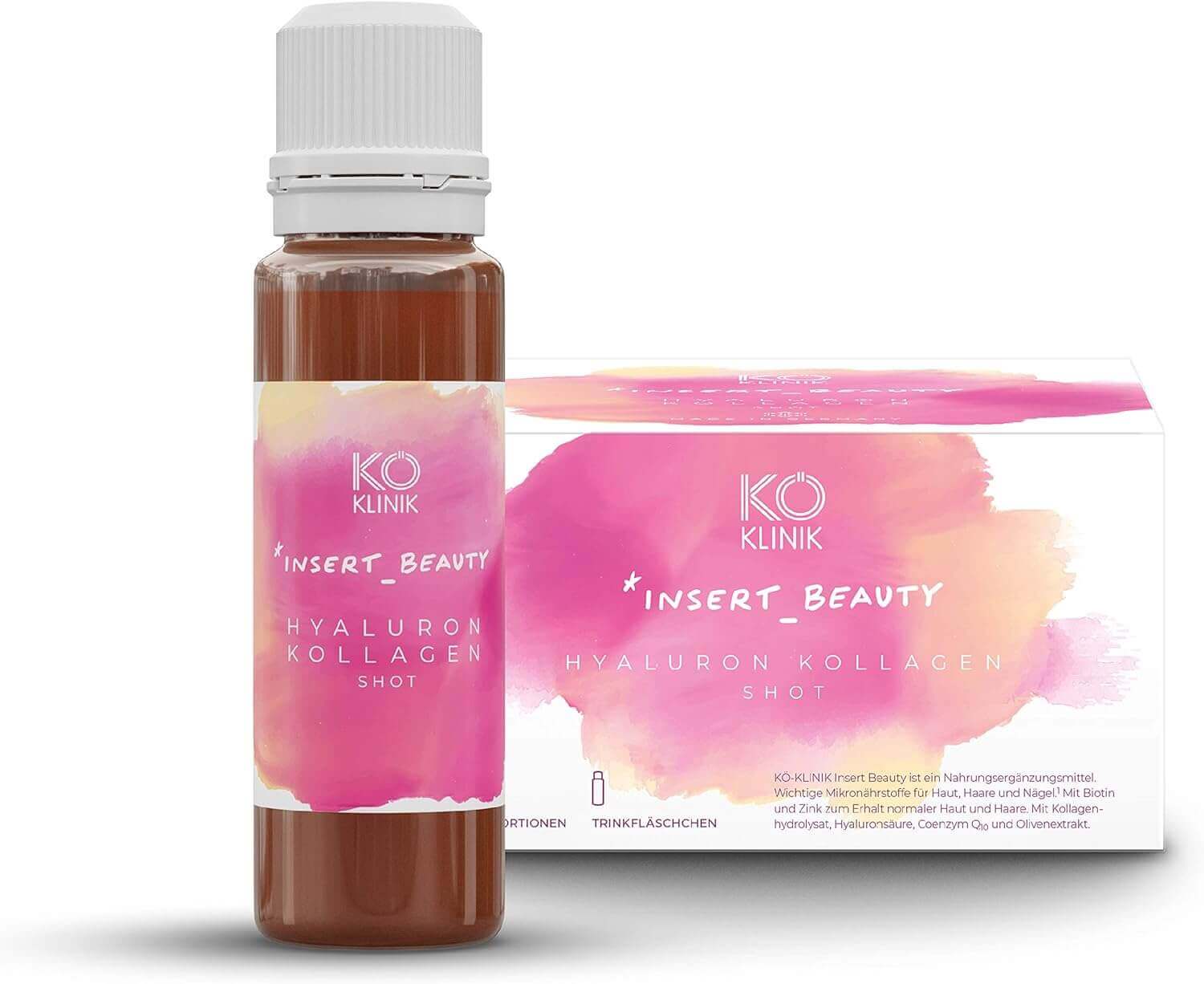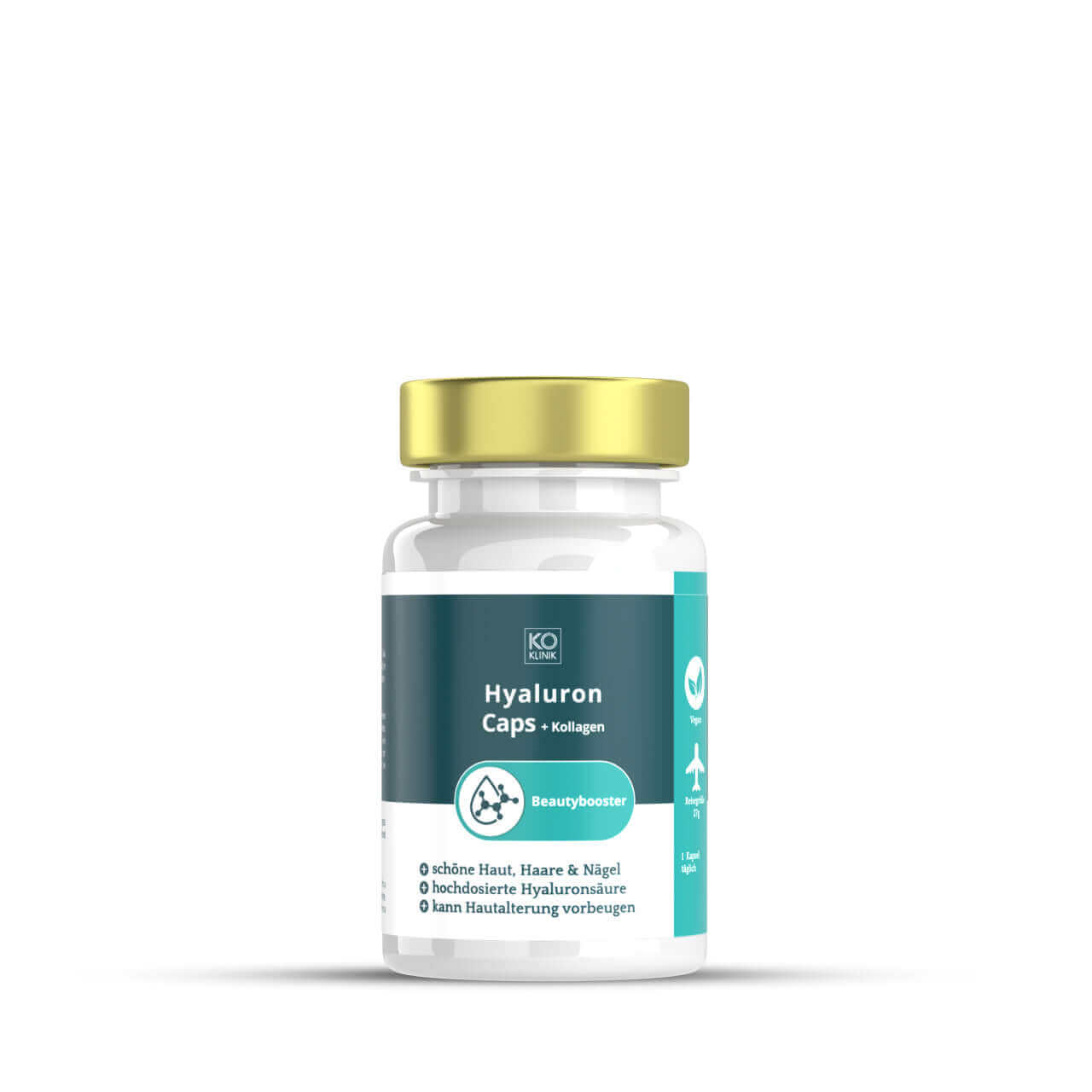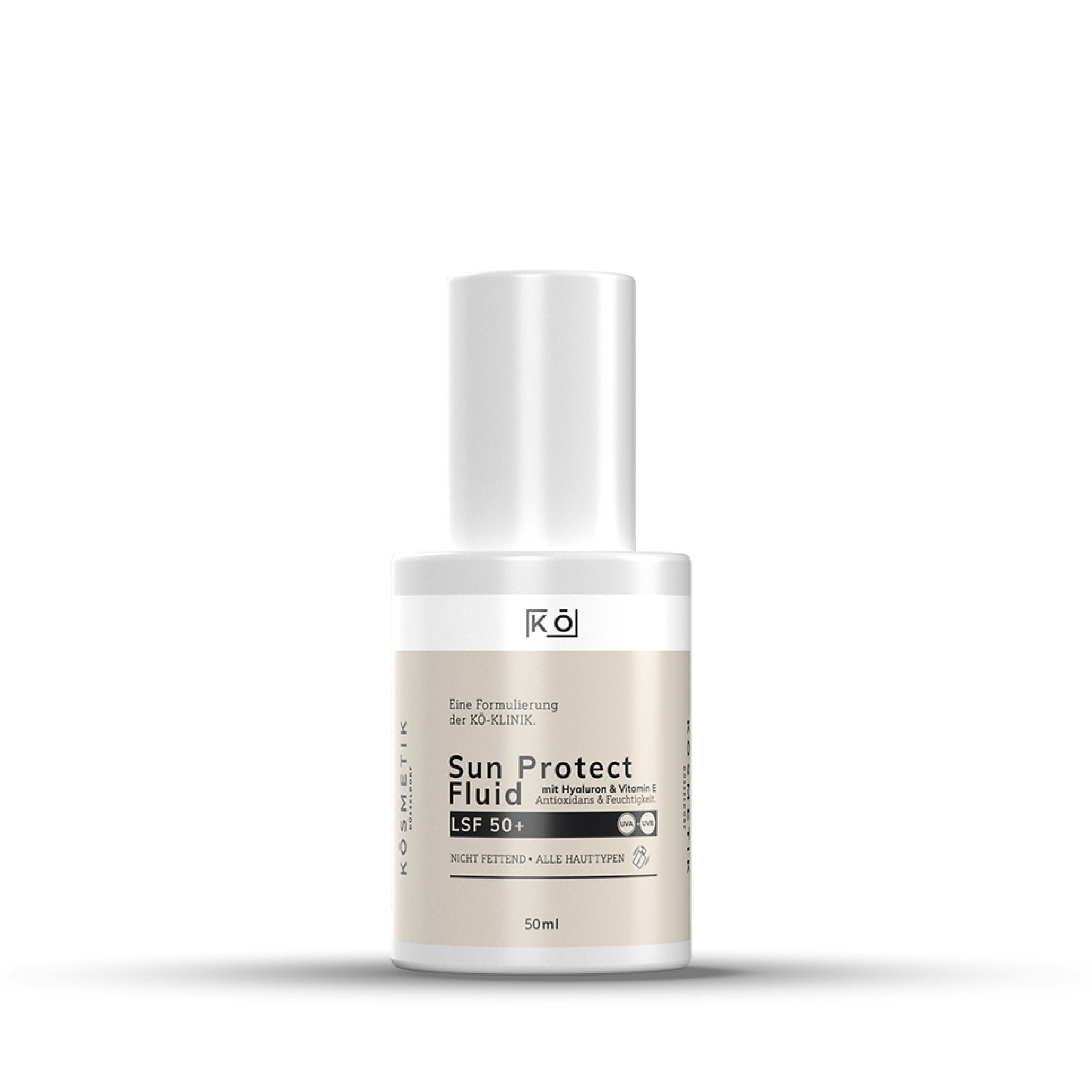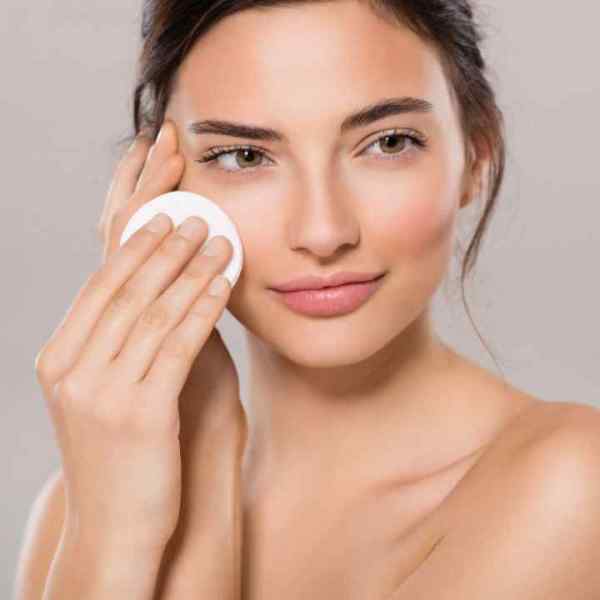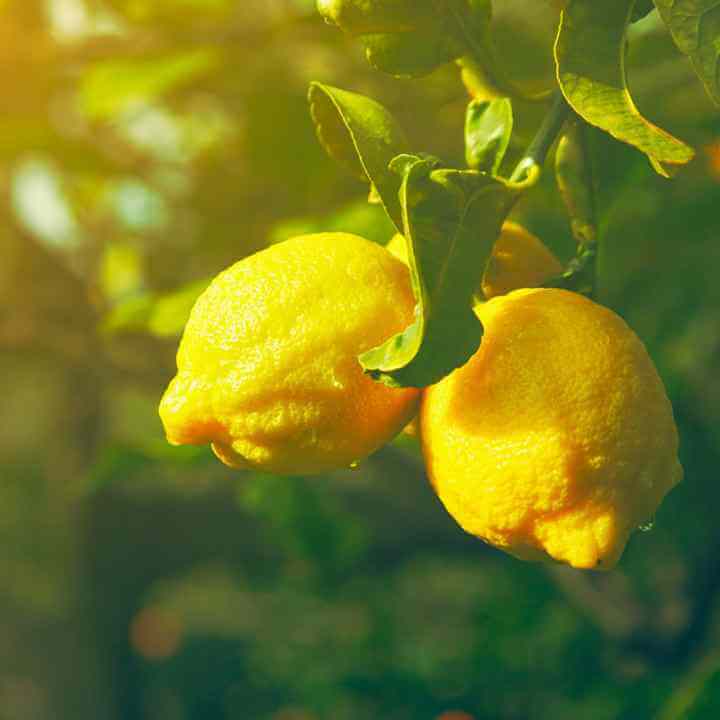Microplastics in cosmetics: Small particles, big problem

Would you voluntarily drink your shower gel or eat your scrub? Probably not, right? But you do this involuntarily, and more often than you realize and would like. Unfortunately, numerous cosmetic products still contain so-called microplastics, which end up in our environment via wastewater. The filters in the sewage treatment plants do a lot, but these tiny particles often simply slip through and end up in the sewage sludge in the field or as “food” in fish and seafood. Logically, the poor animals are unable to distinguish the small plastic particles from plankton or other food and simply eat them. And so microplastics end up back on our plates.
Microplastic is a purely industrial product and is created on the one hand by the decay of large plastic parts that are not biodegradable and on the other hand by the targeted use in cosmetic products such as peelings, shower gels or lipsticks. The German Association for the Environment and Nature Conservation (BUND) has found that up to 2.8 million microplastic particles can enter the environment through one tube of peeling alone. Compared to the rest of the environmental pollution caused by plastic, microplastics are only a small problem, but also an avoidable one. In recent years, cosmetics manufacturers have repeatedly promised to address the issue, but according to BUND, for example, one in three peelings and one in four shower gels still contains microplastics. The only thing that helps is that we as consumers pay particular attention to using products without microplastics.
A problem lies once again in the definition of the matter, because many cosmetics manufacturers, for example, only declare polyethylene as microplastic. According to BUND, however, this substance is only part of the plastic problem. In addition to polyethylene (PE), other substances of concern include polypropylene (PP), nylon-12, nylon-6, acrylates copolymer (AC), acrylates/C10-30 alkyl acrylate crosspolymer (ACS), polymethyl methacrylate (PMMA) and Polyquaternium-7 (P-7). Admittedly, searching through the ingredients of each individual cosmetic product for these names the next time you go shopping can be a task that takes hours. But you don't have to, because there are smart helpers who can do it for you. For example, the free app “Codecheck”. You simply scan the barcode of the product and the app will immediately show you whether it contains microplastics and/or other questionable substances. This allows you to quickly find products without microplastics and thus do your part in preventing plastic waste.
Another method is to use natural cosmetics, which by definition must not contain any industrially produced substances. Especially when it comes to peelings for the face and body, you can easily make them yourself using salt or sugar and a little oil.

